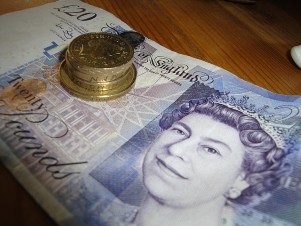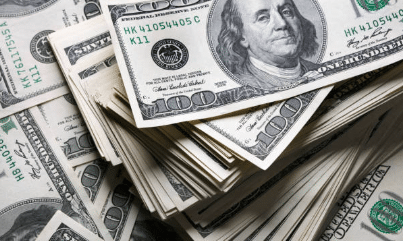The Pound Sterling came under pressure in recent sessions, with the GBP/USD exchange rate falling to a fresh two-week low below 1.3520. This weakness followed the release of disappointing UK GDP data, which showed a 0.1% contraction in May, building on April’s 0.3% decline. The figures spurred renewed concern over the health of the UK economy, further undermining the Pound’s appeal.
Analysts at UOB noted that if GBP/USD breaks decisively below 1.3510, attention could shift toward the next downside target of 1.3465. Meanwhile, Scotiabank cautioned that the Pound’s multi-month bullish trend is under threat, as it approaches key technical support around the 50-day moving average at 1.3497. A breach of this level could open the door to further losses, with 1.3400 being the next significant threshold. The GDP disappointment was compounded by weaker industrial production figures and a widening trade deficit, prompting Scotiabank to describe GBP/USD as “trading heavily.”

ING analysts, while not entirely convinced the GDP miss signals severe trouble, highlighted growing concerns about the UK labor market, suggesting it may be deteriorating faster than expected. These developments have solidified market expectations for an interest rate cut by the Bank of England in August, with speculation rising that the pace of cuts could accelerate.
Tariff Tensions Weigh on Risk Appetite and Sterling
Global risk sentiment took a hit after U.S. President Trump announced a new round of tariffs—35% on Canadian exports starting August 1, following an earlier move to impose 50% tariffs on Brazilian goods. This has triggered unease across financial markets, with equities pulling back and investors turning cautious. IG’s Tony Sycamore commented that the Canadian tariff decision “was not something the market was braced for” and could escalate tensions further.
Historically, deteriorating risk conditions tend to hit the Pound harder than the U.S. dollar, due to its higher beta in global markets. However, reactions to such geopolitical shocks can be mixed. In April, the dollar fell sharply following similar tariff threats, indicating investor uncertainty.

Ray Attrill of National Australia Bank suggested that this uncertainty may support short-term dollar stability. At the same time, attention is turning to upcoming U.S. inflation data, as it could reshape expectations for Federal Reserve rate policy. ING believes a strong core CPI reading—especially 0.4% or higher—could delay or reduce the odds of a September rate cut, despite dovish signals from key Fed officials.
Make money without lifting your fingers: Start using a world-class auto trading solution.
EightCap, your trusted Partner in CFDs, Cryptocurrencies and Stocks.
- Broker
- Min Deposit
- Score
- Visit Broker
- Award-winning Cryptocurrency trading platform
- $100 minimum deposit,
- FCA & Cysec regulated
- 20% welcome bonus of upto $10,000
- Minimum deposit $100
- Verify your account before the bonus is credited
- Fund Moneta Markets account with a minimum of $250
- Opt in using the form to claim your 50% deposit bonus
Learn to Trade
Never Miss A Trade Again

Signal Notification
Real-time signal notifications whenever a signal is opened, closes or Updated

Get Alerts
Immediate alerts to your email and mobile phone.

Entry Price Levels
Entry price level for every signal Just choose one of our Top Brokers in the list above to get all this free.



